
I have a set of Lionel No. 2379 Denver & Rio Grande Western F3s from 1957 that do not run. I have taken both motors apart, cleaned the grease out of the gearboxes, and put in new grease. I have taken off the brush covers and cleaned the armature faces and the brush wells. I […]
Read More…

Transcripted from the CTT video series Truck’s Toy Trains. Trains.com members can watch it here. The Lionel Corp. released its first operating barrel car in 1954, which was two years after it brought out the No. 362 barrel loader. Contents of the box included the car and an insert that held a box of barrels […]
Read More…
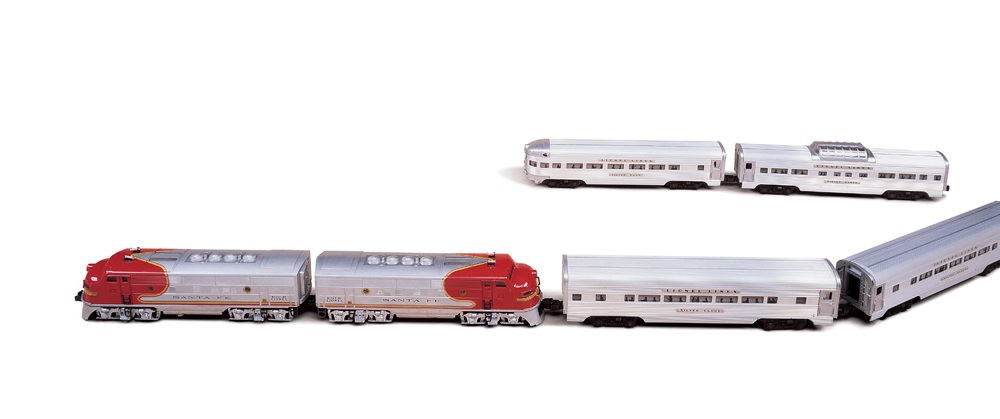
A Lionel Santa Fe passenger train outfit from 1952 is widely regarded as one of the best the company ever made. During the holiday season that year, the train maker introduced set No. 2190W, also known as the Super Speedliner, at the top of its O gauge lineup. That magnificent four-car passenger consist featured the […]
Read More…

3562-1 Operating Barrel Car (cataloged 1954): $190 (excellent) $65 (good) The No. 3562-1, the first of Lionel’s four operating barrel cars, helped make 1954 one of the most significant years in the company’s history. The trains offered then contributed to a line that stood out by promising innovation and complexity. To understand where the 3562-1 […]
Read More…
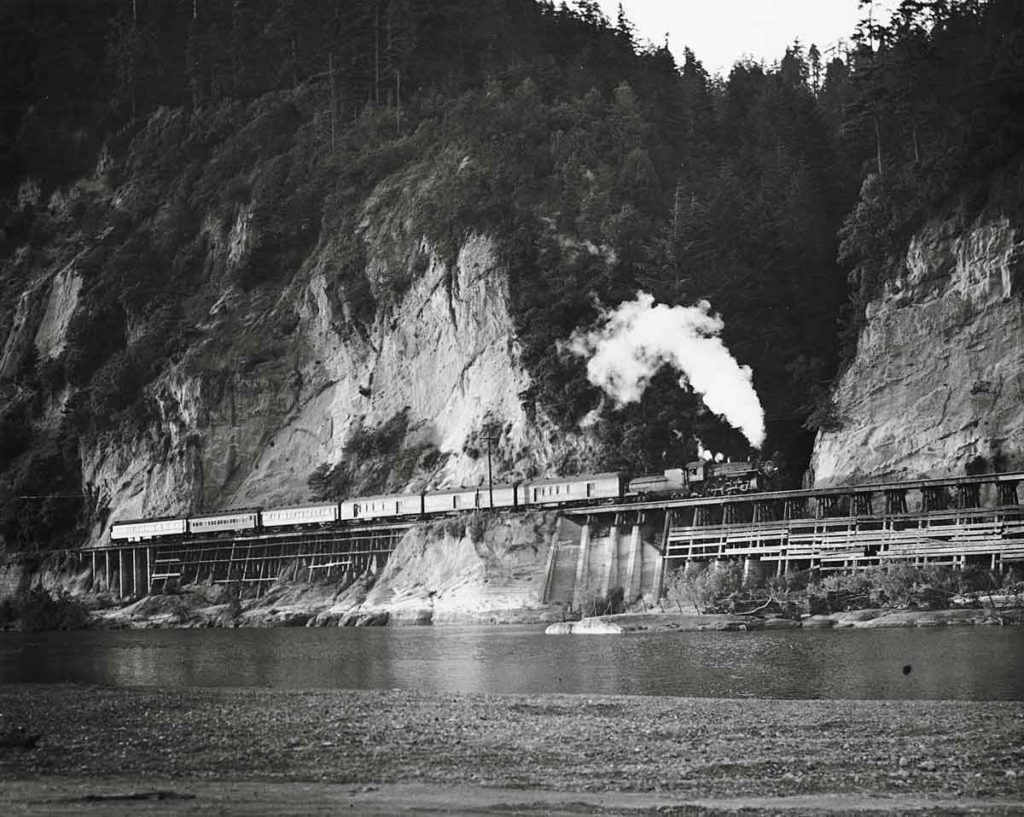
Thirty miles into its overnight run from Eureka, Calif., to San Rafael on San Francisco Bay, Northwestern Pacific train 3 picks its way along a trestle at the base of Scotia Bluff on June 20, 1953, three months before the end of steam on the Southern Pacific subsidiary. Richard C. Brown photo […]
Read More…
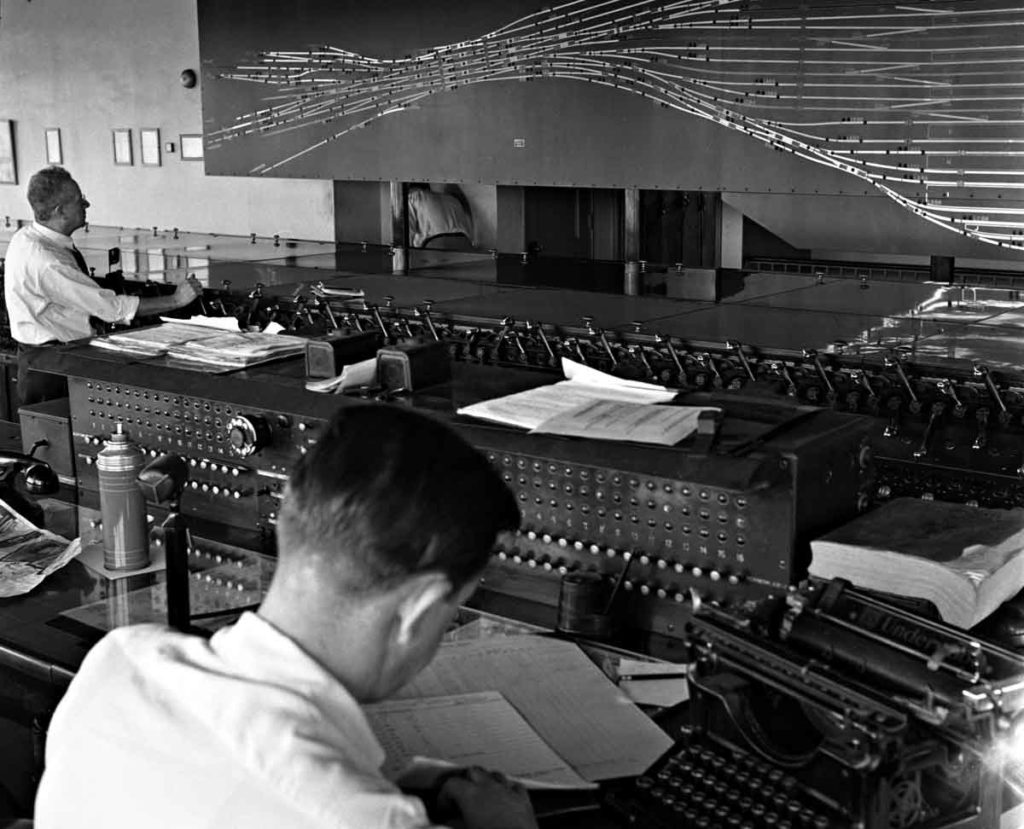
Perched high above the tracks, interlocking Tower A controlled the many signals and switches at Cincinnati Union Terminal. Wallace W. Abbey photo […]
Read More…
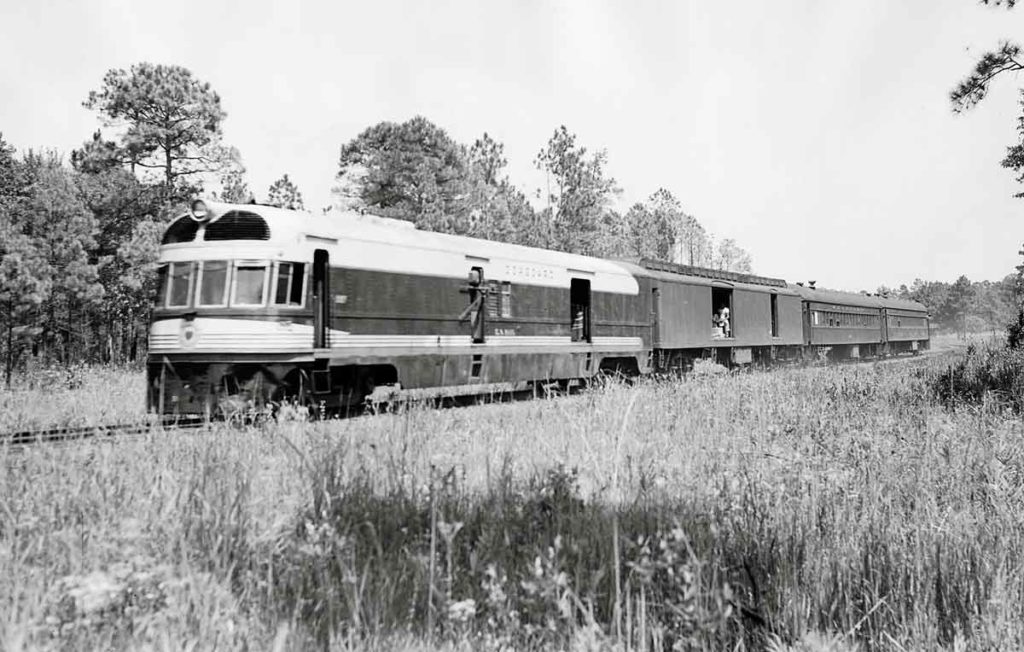
Seaboard Air Line motor car 2027 (St. Louis Car/Electro-Motive, 1936) leads Savannah, Ga.–Montgomery, Ala., local train 11 near Rochelle, Ga., in 1947. The RPO apartment is part of the motor, and the REA express messenger gets some air in the open door of his car. David W. Salter photo […]
Read More…

American Flyer No. 971 lumber unloading car So much of the joy that we hobbyists associate with toy trains comes from our love of illusion. Like children watching a magician, we suspend all belief and forget that electricity is responsible for moving our O or S gauge trains. Time after time we want to believe […]
Read More…
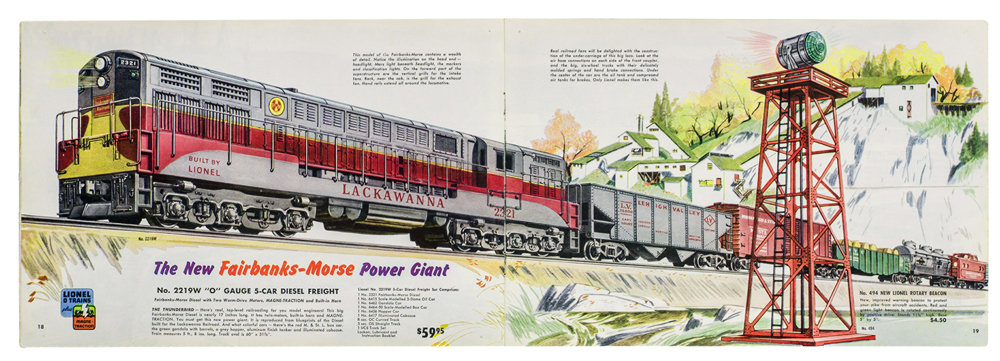
Lionel’s The Thunderbird toy train set features a Lackawanna locomotive and a Pennsylvania caboose. It’s obviously a toy train — with colorful cars that help it contribute to the pinnacle of Lionel’s post-World War II production. Lionel’s 1954 catalog that rosters The Thunderbird also features steam and diesel locomotives, freight and passenger cars, and operating […]
Read More…

Milwaukee Road Fairbanks-Morse H10-44 shows the high (cab-roof-level) hood needed to clear FM’s tall opposed-piston engine. The roof overhang on the back of the cab was a feature on H10-44s and early H12-44s. Milwaukee Road photo […]
Read More…

American Flyer No. 636 depressed-center flatcar with reel Even before World War II, the A.C. Gilbert Co. had experimented with loads for its flatcars. Of importance were the models with a small civilian or military vehicle, which could be unloaded via remote control. These models returned after the war. Lionel decided against competing with Gilbert […]
Read More…

Thousands of different O and S gauge sets – cataloged and promotional – were developed between 1945 and 1969. Think of the one you received for your birthday or a holiday. Maybe you can say with pride it was Lionel’s No. 2211WS. An awesome responsibility From the time Lionel offered just one outfit for the […]
Read More…












